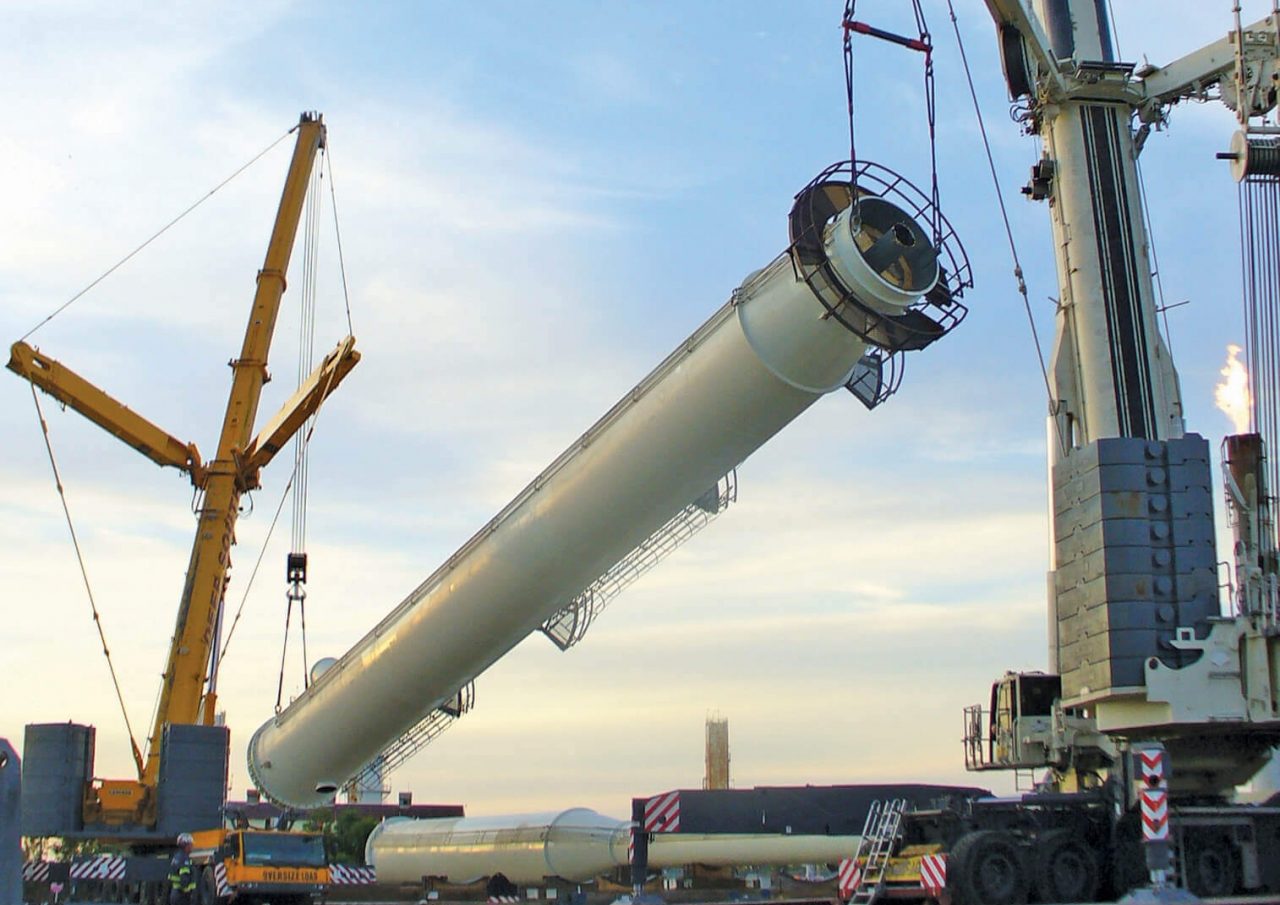

This software Designs Lifting Lugs in various Configurations per ASME BTH-1. After the design is final, you can then pick and choose which information will be used in the final report.įor a single lug analysis, this will contain a complete analysis of the lug per ASME BTH-1, considering each of the load cases entered by the user.įor the lifting system, a complete analysis of the loads in each cable, at each crane point, and acting on the lugs. You can quickly survey the output and determine the problematic areas. The user can quickly determine Pass vs Fail by using our simple system where Green is Passing and Red is Failing. Because of the limited number of repetitive loading cycles that vessel lifting lugs actually experience during the service life of a vessel, a recommendation is made to either clearly exclude vessel lifting lugs from the scope of ASME B30.20 or to specifically include a separate design and analysis section within this standard to properly address the mechanical and structural design issues applicable to pressure vessel lifting lugs.After the data is entered, the analysis can then be performed. In addition, the silence of this safety standard on the very large contact stresses that are well known to exist between a lifting pin and clevis type geometry is also discussed. Suggestions for the revision and applicability of the safety standard are presented and discussed in light of the examples and technical justification presented in the following paragraphs. These results are compared against the very limited design information contained within ASME B30.20. Exemplar lugs on vessels are defined and the finite element analyses and closed form Hertzian contact problem solutions are presented and interpreted in accordance with the proposed design criteria. A discussion is presented as to the applicability of the ASME safety standard B30.20 entitled, “Below the Hook Lifting Devices” (1999, ASME, New York) and as to the severe shortcomings of the safety standard in its attempt to delve into the design of lifting devices, especially when applied to lifting lugs on large and heavy-weight pressure vessels. The implied implications derived from the chosen FOS are also outlined. The statutory and provincial regulations in both the United States and the province of Alberta, Canada are also reviewed and discussed with respect to the too often utilized phrase “factor of safety” (FOS). In addition, the analysis techniques are described in detail and design guidelines for vessel lifting are tendered. This paper describes a method for evaluating the structural adequacy of various lifting lugs utilized in the erection and up righting of large pressure vessels. Journal of Verification, Validation and Uncertainty Quantification.Journal of Thermal Science and Engineering Applications.Journal of Offshore Mechanics and Arctic Engineering.Journal of Nuclear Engineering and Radiation Science.



Journal of Computational and Nonlinear Dynamics.Journal of Autonomous Vehicles and Systems.ASME Letters in Dynamic Systems and Control.ASCE-ASME Journal of Risk and Uncertainty in Engineering Systems, Part B: Mechanical Engineering.Mechanical Engineering Magazine Select Articles.


 0 kommentar(er)
0 kommentar(er)
